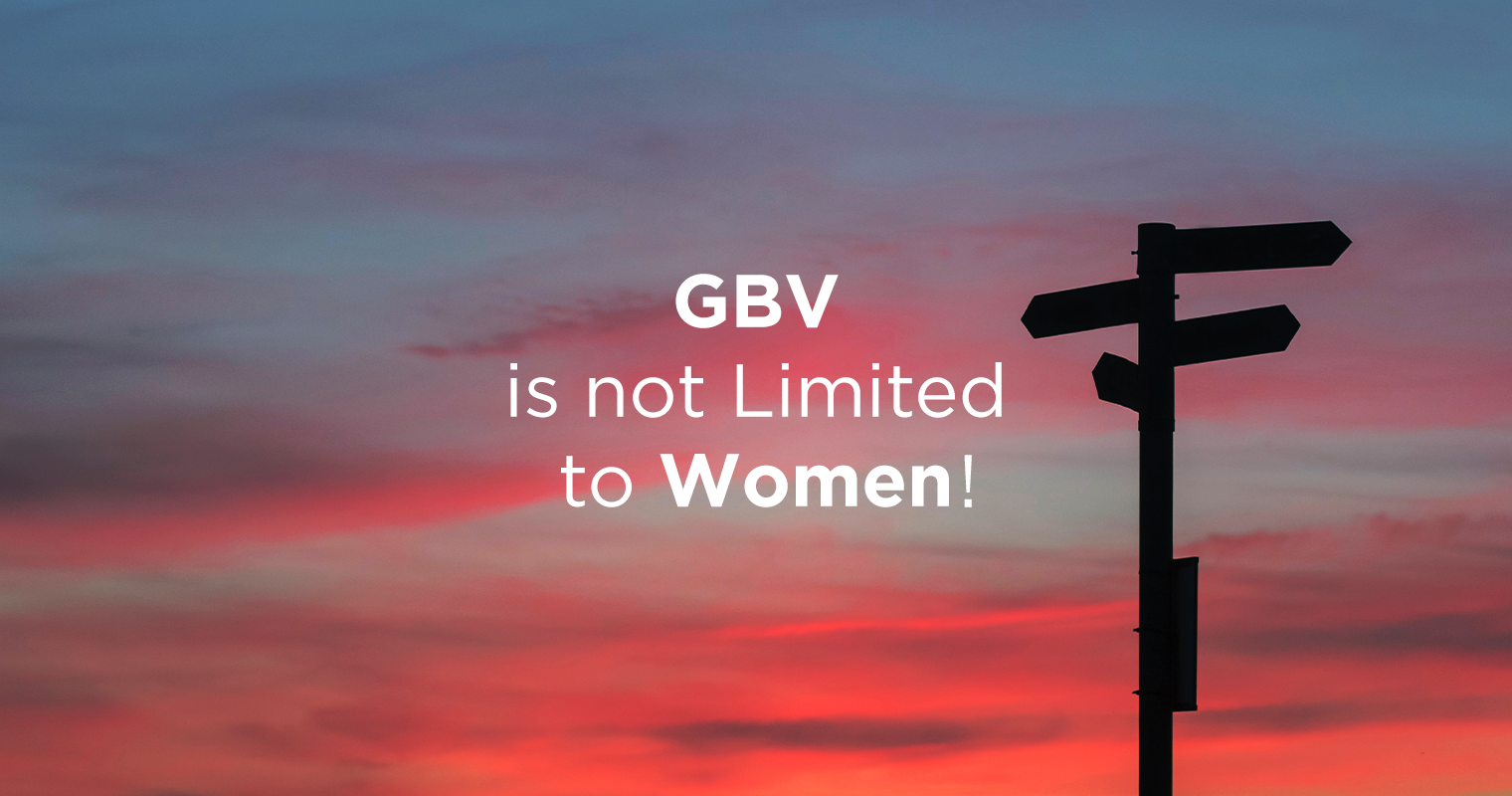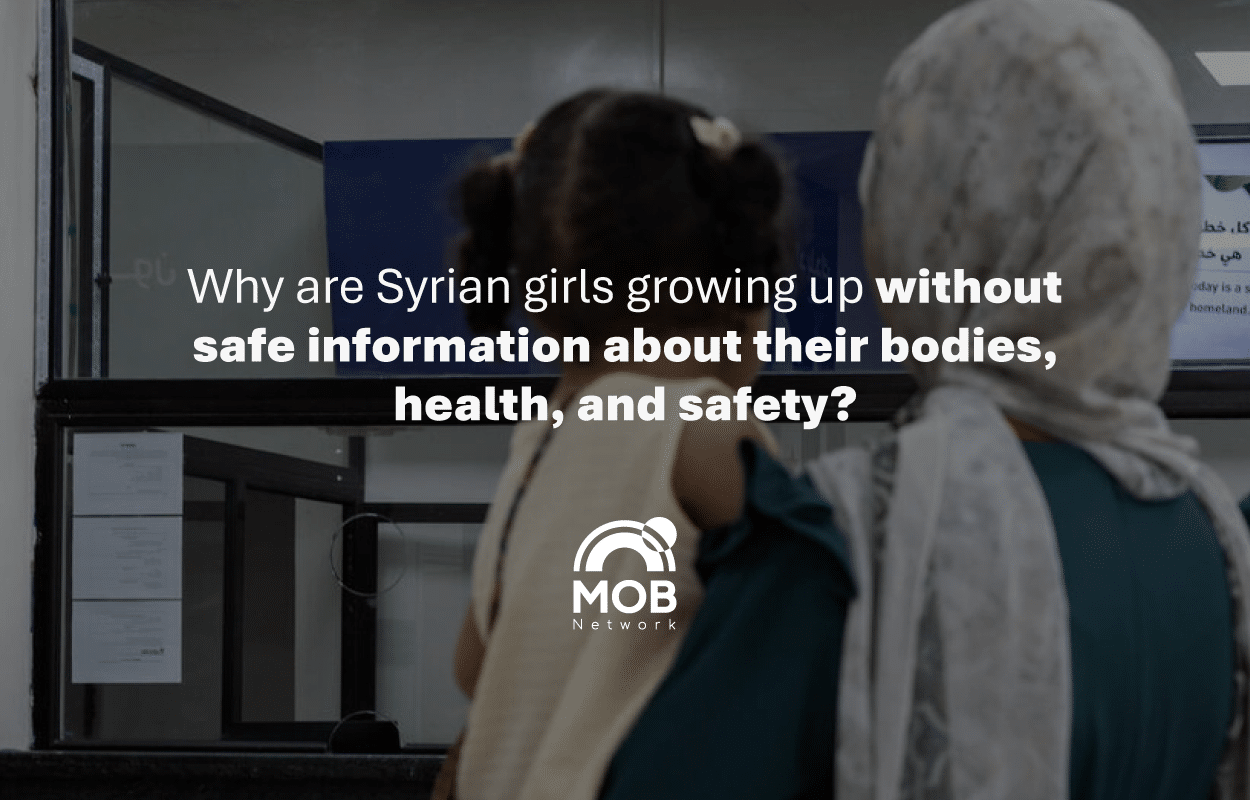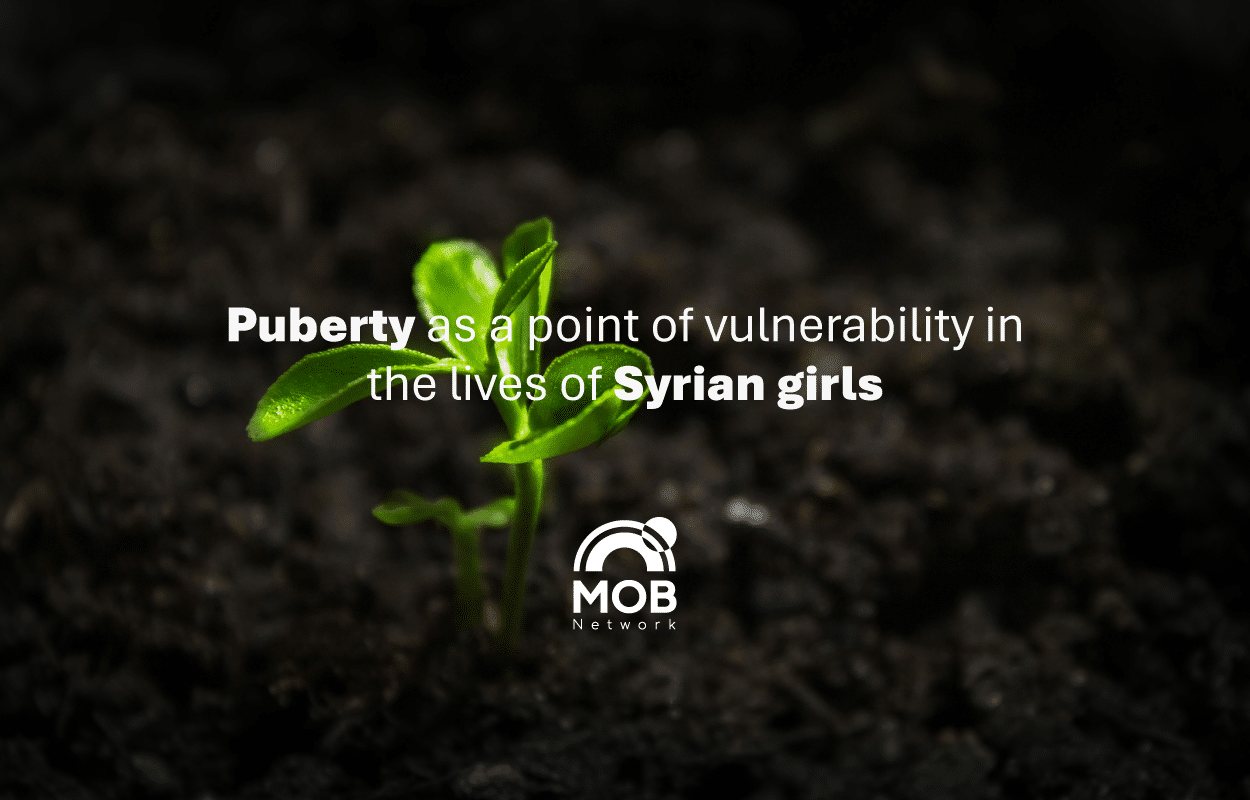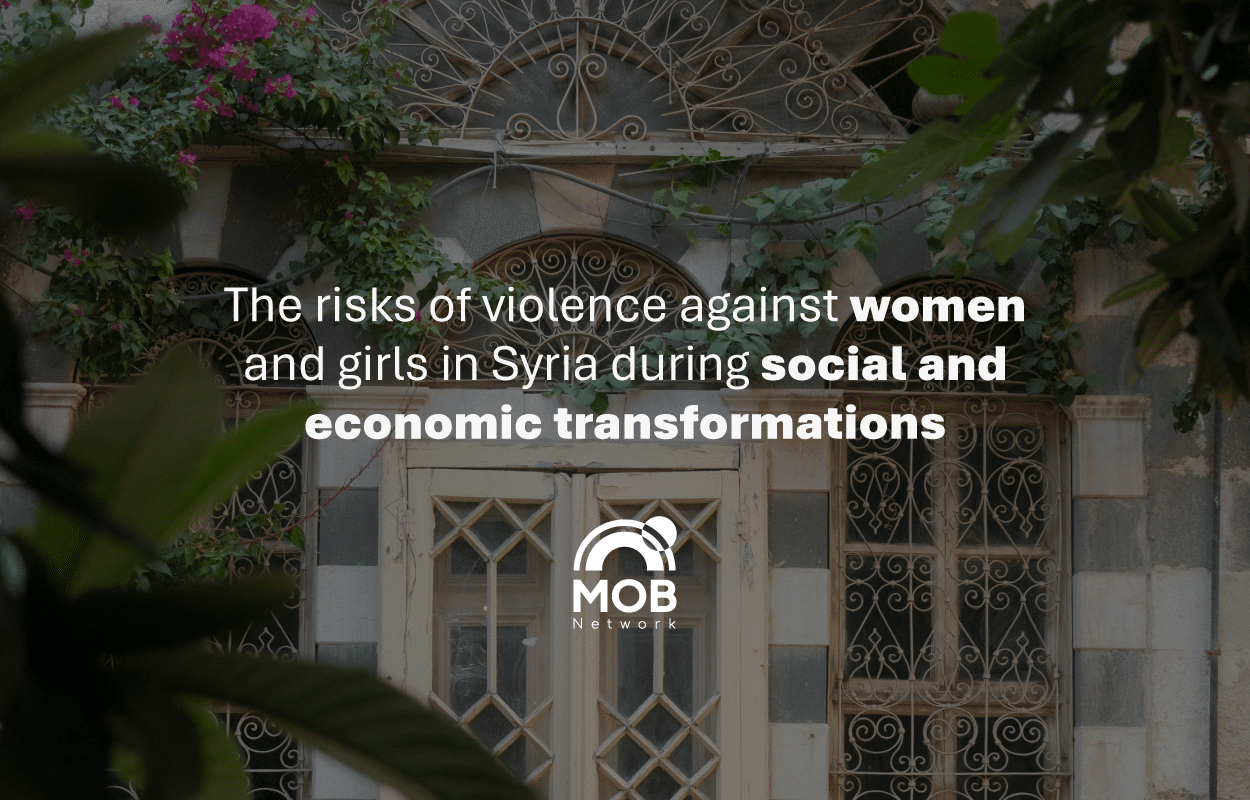“Gender is not sex! And gender is not just for women!”
With this phrase, a Syrian feminist activist who specialized in gender issues started her speech by clarifying the social and economic consequences
and legal aspects of gender, especially in the work environment.
This introduction opens the door to the most controversial discussions in Syrian society and the Arab world, because the concept of gender on YouTube and social media is limited to sexual freedom, or interpreted with false and offensive meanings and selective interpretations, that are fragmented from their context, Some seek to link it to religions, customs, and traditions, or to individual interpretations that do not represent an objective and realistic view of gender and its issues in our context, nor in the political, legal, economic, or social reality…etc.
What is the concept of gender?
"A person does not develop a sense of themselves, and completes themselves as a body only, but rather as a body subjected to beliefs and social laws."
Simone de Beauvoir Tweet
The word sex is used to refer to gender the term gender is an Arabization of the term social type, which expresses the wide spectrum of definitions and identities by which a person defines themselves, positioning the gender to be within the social structures, represented by gender roles recognized in a society according to the culture and context of this society, as a result, men and women are socially restricted to behaviors and attributes that are appropriate to the roles imposed on each of them.
While the term sex is limited to the physical differences between males and females, which are determined at birth based on physiological characteristics according to the sexual organs and the composition of the genetic chromosomes.
Gender is a social identity that society imposes on us
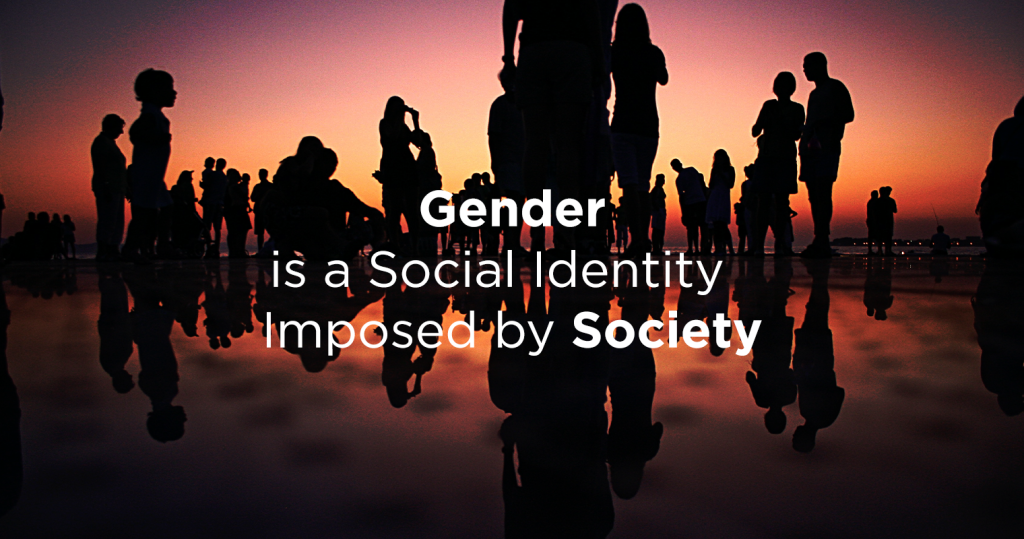
When we are born, our parents register us as males or females, then society makes us men or women according to ready-made molds and stereotypes.
One of the stereotypes about men is that they are tough and angry, they speak rationally and can be discussed with logic, they can speak loudly and scream, and can act freely in the street and at home, unlike women who are affected by social gender preferences, where women are expected to be emotional, to speak softly, submissively and with low voices, and more than that, it’s determined for them what to wear and how to walk in the street, in addition to the many restrictions imposed by society on women related to wandering at night, independent housing, and many others.
Stereotyping women is not limited to sex or gender but is often related to geographical arrangements and economic interests.
For example, rural women are different from urban women. The labor market in agricultural societies cannot afford segregation based on muscular strength. Rather, everyone participates in the labor force, but the interests and gains differ.
Rural women work on the land with the same muscular effort as men, but ownership of land remains for men, and women may be deprived of it, also their participation in the labor force is attributed to another role in caring for the family and home, Although working in the land is a purely economic work that has nothing to do with care.
And although these stereotypes are nothing but beliefs and expectations built up by society about what is acceptable or unacceptable for women and men, they confirm that these social divisions affect our perceptions of ourselves and reflect our behaviors in their circles.
So we practice actions and build social and economic structures that discriminate between women and men without logical explanations, or even with misinterpretations, to achieve the interests of certain groups over others in society, without this discrimination being linked to any real data related to differences between the sexes or gender.
The repetition of these behaviors turns them into social norms, and actions, behaviors, and structures change over time with the change of interests, even though they were previously considered linked only to the fact that the child was born a man or a woman. Although we find a lot of sex reveal ceremonies for newborns filled with specific colors, where blue is for males and pink is for females, this color distinction is new and has nothing to do with any sexual or even gender preferences or differences.
This distinction did not exist before the end of World War II but appeared with extensive marketing campaigns to increase the consumption of children’s clothing, which before had standardized colors and even designs.
Until the beginning of the twentieth century, education was for men not for women in Arab societies. However, a change in economic interests, such as the need for employment and losses in the men’s labor force as a result of wars, allowed women greater access to educational opportunities, which were set according to social norms, allowing women to learn basic religious knowledge and reading (Literacy), and then learn crafts that considered female or domestic, such as cooking and sewing.
Later, the economic interests changed in favor of women, and society’s need for their access to education increased, thus greater participation in the labor force, and education became mandatory. However, access to educational opportunities for Syrian women is still limited by obstacles related to gendered social norms.
we find that gender is formed from behaviors, practices, and structures imposed by society. Sometimes we choose to comply with it, and sometimes we are forced to do so, so that gender is a changing identity, that is affected by the context, economy, and culture.
Gaps in Justice and Equality
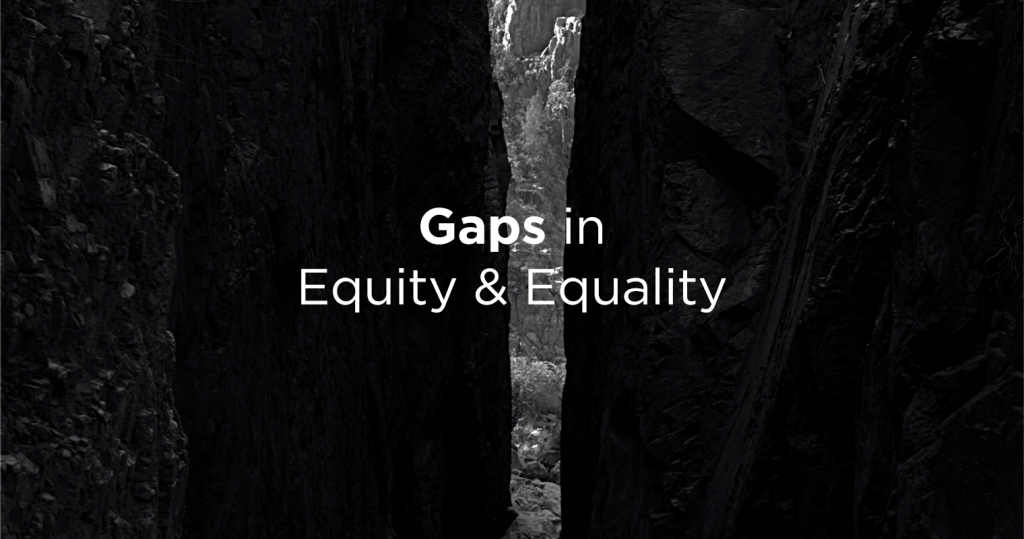
Society’s gender norms put pressure on both men and women, turning into compliance motives that influence our behavior and decisions in society, to promote the interests of the groups that created these norms for their own benefit, regardless of gender.
These norms turn into motives for social conflict that arises between men and women and creates a relationship that can only be dominated by one party over the other, so determining what is acceptable for women and men in society, is reflected by the members of society with behaviors that reinforce these norms all the time.
The man who doesn’t talk loudly, or the woman who tries to enter a work market monopolized by men, they both face many judgments and obstacles resulting from the compliance of the rest of the individuals with what is acceptable or unacceptable for women and men in society.
This compliance constitutes a tool of domination, economic and social exploitation of those who comply, and more economic and social losses for other groups.
This discrimination turns into gaps between male and female citizens who are supposed to have equal rights and duties. Gender defines social identity and the set of rights that we can have, whether we are men or women.
The existence of general rights for Syrian men and women does not negate the existence of rights that Syrian men have, which Syrian women don’t have. These rights turn into gaps in justice and equality, including:
A Syrian man can pass on the Syrian nationality to his children even if his wife is non-Syrian. As for a Syrian woman, she cannot give her nationality to her children if she marries a non-Syrian.
A Syrian man can divorce by his own will, while a woman cannot divorce her husband by her own will without the consent of the husband.
There are other cases of discrimination between men and women that are not only reflected in daily life but also within laws, customs, and rights, to be proven as gaps in personal status laws, criminal laws, labor law, and nationality to find its effects reflected on the status and participation of women in all aspects of social life.
“We cannot compare between females and males in the human race save for the human perspective, and a human is only known as a non-given being, and that they make themselves and decides what they are.”
Simone de Beauvoir Tweet
Although traditions are imposed, they are changeable and can be modified relatively quickly according to the mood of stakeholders. However, they hinder the full reflection of change on identities.
It is acceptable to change the roles of women and men economically, but this change will still have a price to be paid by the less fortunate groups if gender is a social identity that affects our understanding of ourselves, our perceptions, and our compliance with the way of life in society, then it is definitely becoming an identity; In some parts, it is acquired and in some others, it is variable and linked to the decision of each individual, and the collective decision imposed by social forces.
We can deal with the gender with a new and different set of individual and social decisions and choices whenever the need or interest arises, or whenever those affected by these behaviors and structures move.
Many urgent questions remain, and a reason for permanent dialogue in our large and small circles:
Why don’t we work so that society gives us a similar social identity between men and women? What hinders the rights of women to be equal to the rights of men? Why not make sure that women and men have fair opportunities and outcomes in society?

